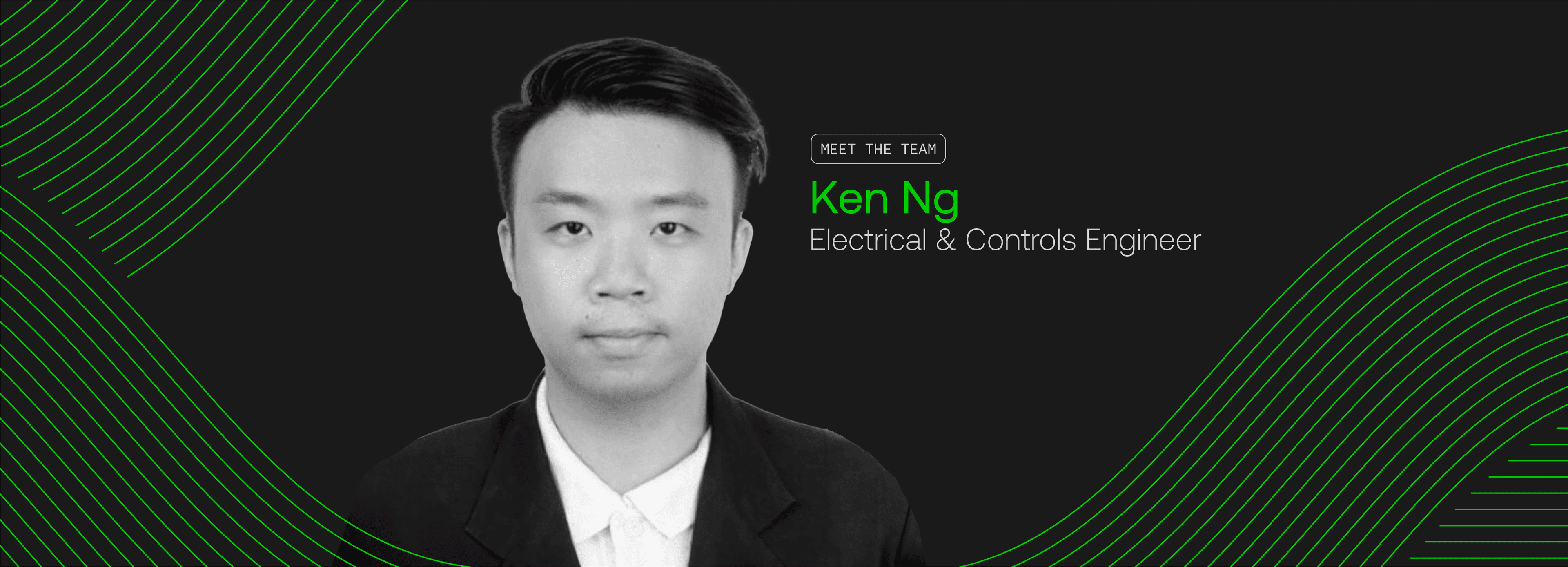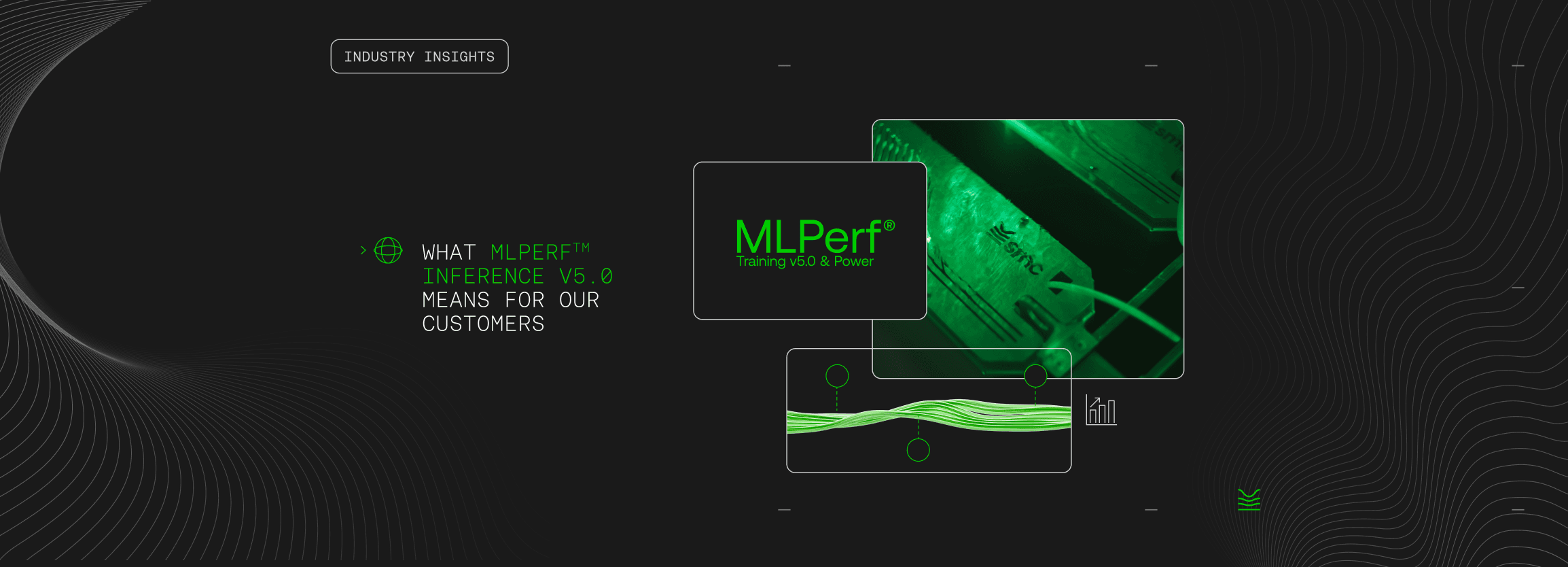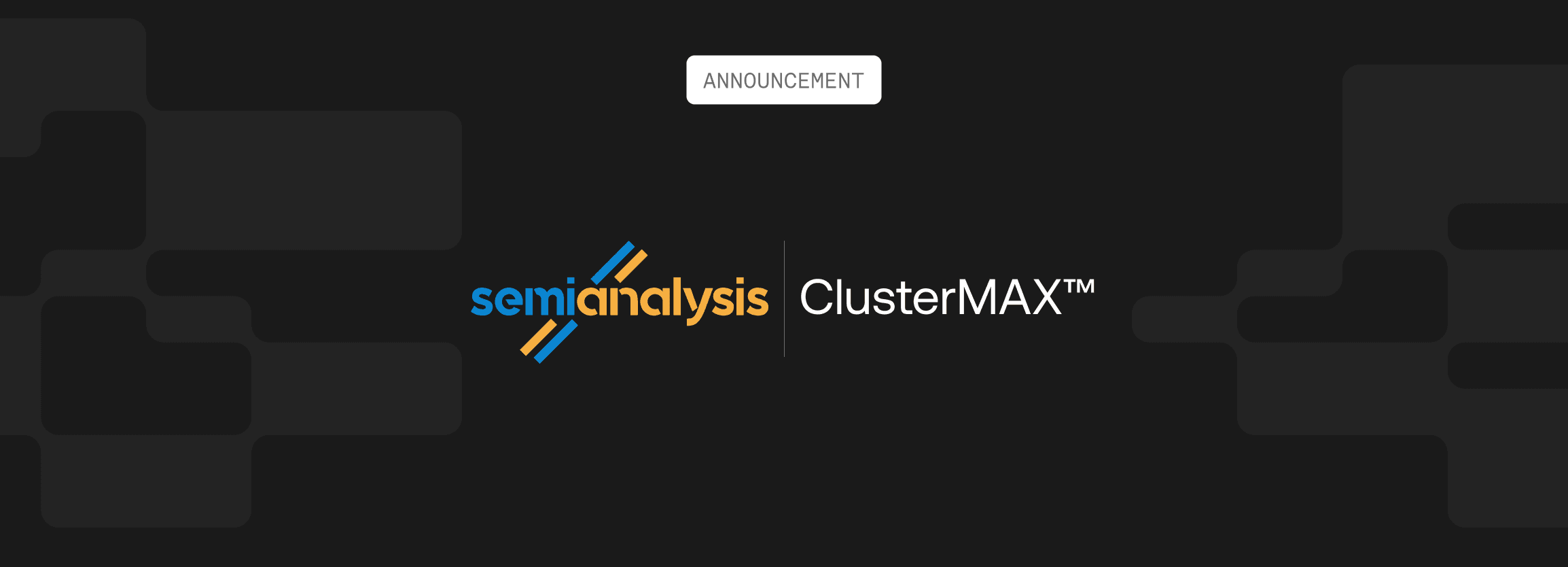17 October 2024
Electrical & Controls Engineer: Ken Ng on optimising automation with AI

As an Electrical & Controls Engineer at SMC, Ken Ng is at the forefront of integrating AI with advanced control systems to power the next generation of sustainable data centres. With a background in automation and a passion for innovative engineering, Ken has played a pivotal role in deploying cutting-edge technologies like our sustainable AI factories. He recently went on a work rotation to Tasmania, where he collaborated with global teams on immersive cooling technology, which has further deepened his commitment to sustainability.
Could you share a bit about your background and what led you to your career with SMC as an Electrical & Controls engineer?
I’ve always been fascinated by how things work, especially the combination of electrical systems and automation. My journey began with a passion for engineering at University, where I was heavily involved in robotics and programming projects. This led me to pursue a degree in Engineering, during which I focused on control systems, circuit design, and industrial automation.
Early in my career, I gained experience working with PLCs (Programmable Logic Controllers), HMI (Human Machine Interface) systems, and motor control systems in various industries, from oil and gas to data centres. This hands-on exposure helped me understand the critical role that electrical systems play in automation and control processes.
What drew me to SMC was its innovative approach to immersion cooling technology. The opportunity to work with cutting-edge technologies in a dynamic environment really excited me! At SMC, I’ve been able to apply my skills in designing and implementing control systems that streamline manufacturing processes, improve energy efficiency, and enhance overall system reliability. I’m passionate about solving complex engineering challenges and enjoy collaborating with cross-functional teams to drive innovation.
Overall, the mix of technical problem-solving, creative design, and the ability to see the tangible results of my work in action keeps me motivated in the field of Electrical and Controls Engineering.
As part of your work with SMC, you’ve been deeply involved with the commissioning and deployment of the HyperCube. What does a week in your job look like?
Initial planning and coordination: The beginning of each phase in a project like the HyperCube starts with detailed planning and coordination. I spend a significant amount of time working with cross-functional teams to ensure that all systems are aligned. We review schematics, ensure the electrical layouts are optimised for efficiency, and plan integration steps to avoid any roadblocks during deployment. My focus here is on control system design, electrical schematics, and ensuring that the automation logic flows seamlessly with the mechanical components. I also collaborate closely with sustainability teams to ensure that energy consumption is minimised and that the system supports the overarching goal of reducing the carbon footprint.
System integration and testing: One of the most critical parts of my role is system integration. For the HyperCube, this involves integrating advanced PLCs (Programmable Logic Controllers), SCADA System ensuring all sensors, actuators, and controllers are communicating properly, and that everything is responding to real-time data in the way it should. During this phase, I conduct several hardware-in-the-loop (HIL) simulations. These allow us to virtually test the electrical and control systems before full-scale deployment, identifying any potential issues before they can affect the physical system. I spend a lot of time tweaking control algorithms, refining automation workflows, and stress-testing the system under various load scenarios.
On-site commissioning: When it’s time to deploy, things really ramp up. On-site commissioning of the HyperCube requires meticulous attention to detail. I oversee the installation of control panels, wiring, and ensure all electrical systems are grounded and compliant with safety standards. This phase is hands-on, with tasks ranging from fine-tuning the equipment and troubleshooting unexpected issues, to ensuring that everything aligns with the original system design. Working alongside a team of engineers in the process of powering up the system, performing safety tests, and verifying that every component functions as expected. It’s a high-pressure environment, but the excitement of seeing months of hard work come together makes it worth every second.
Automation and process optimisation: After the initial deployment, my role shifts toward monitoring and optimising the system. The HyperCube is designed for efficiency, and it’s my job to ensure that the automation workflows and control systems work in harmony to deliver the expected performance. I’ll use real-time data analytics to monitor energy consumption, identify bottlenecks, and adjust system parameters to maximise output while minimising waste. I work closely with other engineers to feed real-time data back into our control loops, allowing us to adjust operations in a way that continually improves efficiency. It’s incredibly rewarding to be part of a system that not only works but continuously gets better with each iteration.
What has been a challenging aspect of deploying the HyperCube with SMC? How did you overcome it?
Given that sustainability is at the heart of what Firmus and SMC aim to achieve, another challenge was optimising the HyperCube for energy efficiency while maintaining its high-performance capabilities. The HyperCube operates under various loads, and our goal was to ensure that even under peak demand, energy consumption remained within sustainable limits.
Overcoming this, was a team-wide effort, with engineers from the electrical, controls, and sustainability divisions working in tandem. We implemented machine learning algorithms that analyse real-time data from HyperCube’s operations, allowing the system to predict energy usage patterns and optimise processes accordingly. We performed extensive testing, adjusting parameters as we went, and eventually achieved a solution that balanced sustainability with high operational throughput.
As with any complex deployment, there were also some unexpected delays, particularly during the commissioning phase—supply chain disruptions, unexpected equipment malfunctions, or real-time adjustments in the control logic. We used this time to further refine other aspects of the system, such as software updates and additional testing.
“ A notable team win came when we successfully deployed the HyperCube in Singapore, which initially seemed daunting due to its scale and complexity. By leveraging our collective expertise and maintaining open lines of communication, we completed the project ahead of schedule and exceeded performance expectations. ”
You’ve also recently visited SMC’s global operations in Tasmania, on rotation. What was that experience like? Did anything about the work environment, location, or the team surprise you? What were some of your learnings?
First of all, I am very thankful to the company for providing such an opportunity. Visiting Firmus and SMC’s global operations in Tasmania was nothing short of an incredible experience! As part of my role at Firmus, I was fortunate enough to be given the opportunity to work on rotation at one of our key sites—an experience that broadened my understanding of both the technical and cultural aspects of Firmus and SMC’s global initiatives.
What surprised me most was the sheer scale of the operations and the processes in place. I got to work with some of the latest advancements in automation, specifically geared toward sustainable immersion cooling technology. The complexity and precision of the systems were impressive, yet the team’s approach was one of continuous learning and improvement, which I found impressive. It allowed me to see firsthand how our global operations are making strides in sustainable immersion technology while fostering a work culture that emphasises both innovation and collaboration. It’s been one of the most rewarding parts of my journey so far, and I’m excited to apply what I’ve learned to future projects.
How do you stay focused when working on large-scale projects or complex projects like deployments? Is there a specific process your team works together in, or a specific mindset?
Team processes: Our team utilises Agile methodologies to manage our projects, which allows us to break down tasks into manageable sprints. Regular stand-up meetings ensure that everyone is aligned on our goals and progress, and it encourages open communication. Our collaborative environment helps keep the momentum going and allows us to address any roadblocks immediately.
Individual focus: On a personal level, I prioritise organisation and time management. I use my past experiences and project management tools to set clear objectives and deadlines for my tasks, which helps me maintain focus and track progress.
Mindset: Maintaining a growth mindset is crucial when working on complex projects. I remind myself that challenges are opportunities for learning and innovation. When I encounter obstacles, I view them as puzzles to solve rather than setbacks. This mindset not only helps me stay motivated but also inspires others to approach challenges with creativity and resilience.
Electrical and controls engineering plays a critical role in our industry. How do you see this evolving in the future, especially in terms of AI infrastructure and deployment?
- Integration of AI: One of the most exciting developments is the increasing integration of AI into control systems. By leveraging machine learning algorithms, we can analyse vast amounts of data in real time, allowing for more intelligent decision-making and adaptive control strategies. This means systems can learn from past performance and optimise their operations without human intervention, leading to enhanced efficiency and reliability.
- Predictive maintenance: The ability to predict equipment failures before they occur is another game-changer. With AI-driven analytics, we can monitor system health continuously, enabling proactive maintenance strategies that minimise downtime and reduce operational costs. In my role, I’ve contributed to developing predictive models that analyse sensor data from our systems, paving the way for this transformative approach.
- Enhanced human-machine collaboration: As AI systems become more sophisticated, the collaboration between humans and machines will also evolve. Engineers will need to adapt to new roles that focus on overseeing and guiding AI-driven processes. This shift will require a blend of technical expertise and soft skills, such as critical thinking and creativity.
- Sustainable practices: Lastly, the push for sustainability in our industry aligns perfectly with the advancements in AI. By optimising energy consumption and enhancing resource management, AI can help us achieve more sustainable practices. My work at SMC emphasises this by focusing on deploying technologies that minimise waste and promote energy efficiency.
Sustainability is core to SMC’s vision. How do you see your work contributing to that mission, and what excites you most about being part of this larger purpose?
The intersection of AI and sustainability is especially exciting to me. AI has the potential to revolutionise how we approach energy management and resource allocation. By utilising AI-driven analytics, we can enhance the performance of our systems and identify new opportunities for efficiency that would be difficult to detect otherwise. I’m thrilled to be involved in projects that leverage this technology to create a more sustainable future.
Being part of SMC means collaborating with like-minded professionals who are equally committed to making a positive impact. The energy and creativity within the team inspire me to push the boundaries of what’s possible in sustainable engineering. It’s incredibly fulfilling to work alongside individuals who share a passion for innovation and environmental responsibility. I believe that through our combined efforts, we can create solutions that not only meet today’s challenges but also set a foundation for more sustainable technology in the future.

